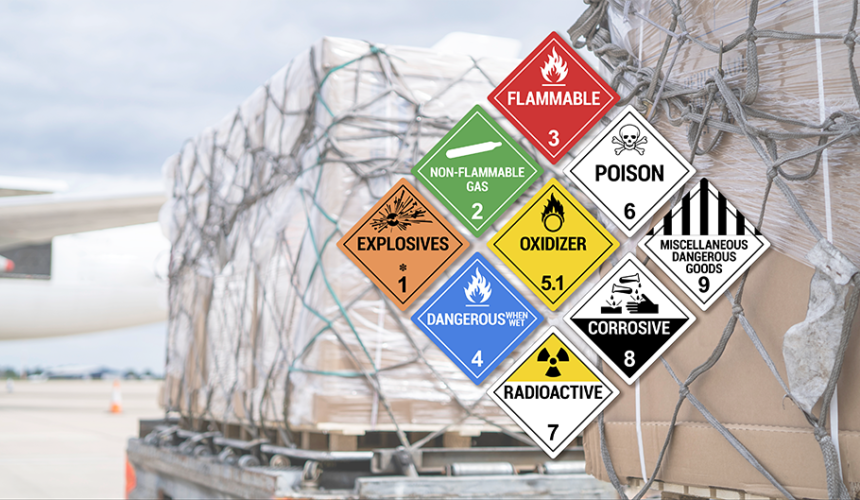[cmsmasters_row][cmsmasters_column data_width=”1/1″][cmsmasters_text]
Air freight is the fastest way to transport dangerous goods like lithium batteries, chemicals, and aerosols. However, the International Air Transport Association (IATA) enforces strict regulations to ensure safety, and no-compliance can lead to cargo seizures, flight bans, or fines up to ₦25 million. For Nigerian businesses, navigating these rules is critical but often overwhelming.
The complexity begins with classification over 3,000 hazardous materials are listed under IATA’s Dangerous Goods Regulations (DGR). Mislabeling a package or using non-compliant packaging can ground shipments, delay deliveries, and damage reputations. In 2024, Nigerian Customs reported a 40% increase in rejected dangerous goods shipments due to improper documentation.
Bolbulk Cargo’s Dangerous Cargo certified team simplifies this process, ensuring your hazardous materials meet global safety standards. From lithium battery declarations to UN-certified packaging, we handle every detail. In this guide, we break down IATA’s 2024 updates, share real-world examples, and show how to ship confidently.
5 Critical IATA Rules for 2024
Classify Correctly: Assign UN numbers (e.g., UN3480 for lithium batteries).
Packaging Compliance: Use UN-approved boxes with hazard labels.
Documentation: Submit Shipper’s Declaration, MSDS, and Notices to Pilot.
Training: Ensure staff complete IATA DGR courses.
Carrier Approval: Confirm airline-specific restrictions (e.g., Emirates bans certain chemicals).
Ship Hazardous Goods Safely
[/cmsmasters_text][/cmsmasters_column][/cmsmasters_row]

